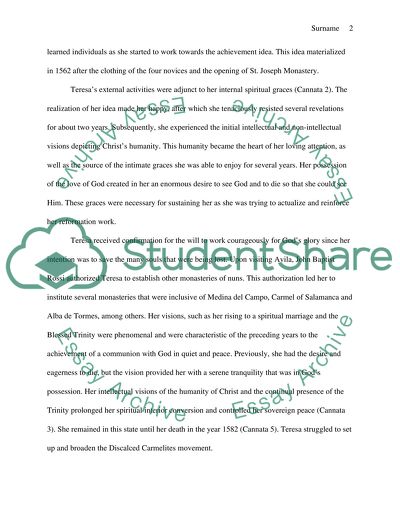Cite this document
(“The Enduring Wisdom of the Spiritual Master Essay”, n.d.)
The Enduring Wisdom of the Spiritual Master Essay. Retrieved from https://studentshare.org/religion-and-theology/1679736-the-enduring-wisdom-of-the-spiritual-master
The Enduring Wisdom of the Spiritual Master Essay. Retrieved from https://studentshare.org/religion-and-theology/1679736-the-enduring-wisdom-of-the-spiritual-master
(The Enduring Wisdom of the Spiritual Master Essay)
The Enduring Wisdom of the Spiritual Master Essay. https://studentshare.org/religion-and-theology/1679736-the-enduring-wisdom-of-the-spiritual-master.
The Enduring Wisdom of the Spiritual Master Essay. https://studentshare.org/religion-and-theology/1679736-the-enduring-wisdom-of-the-spiritual-master.
“The Enduring Wisdom of the Spiritual Master Essay”, n.d. https://studentshare.org/religion-and-theology/1679736-the-enduring-wisdom-of-the-spiritual-master.


